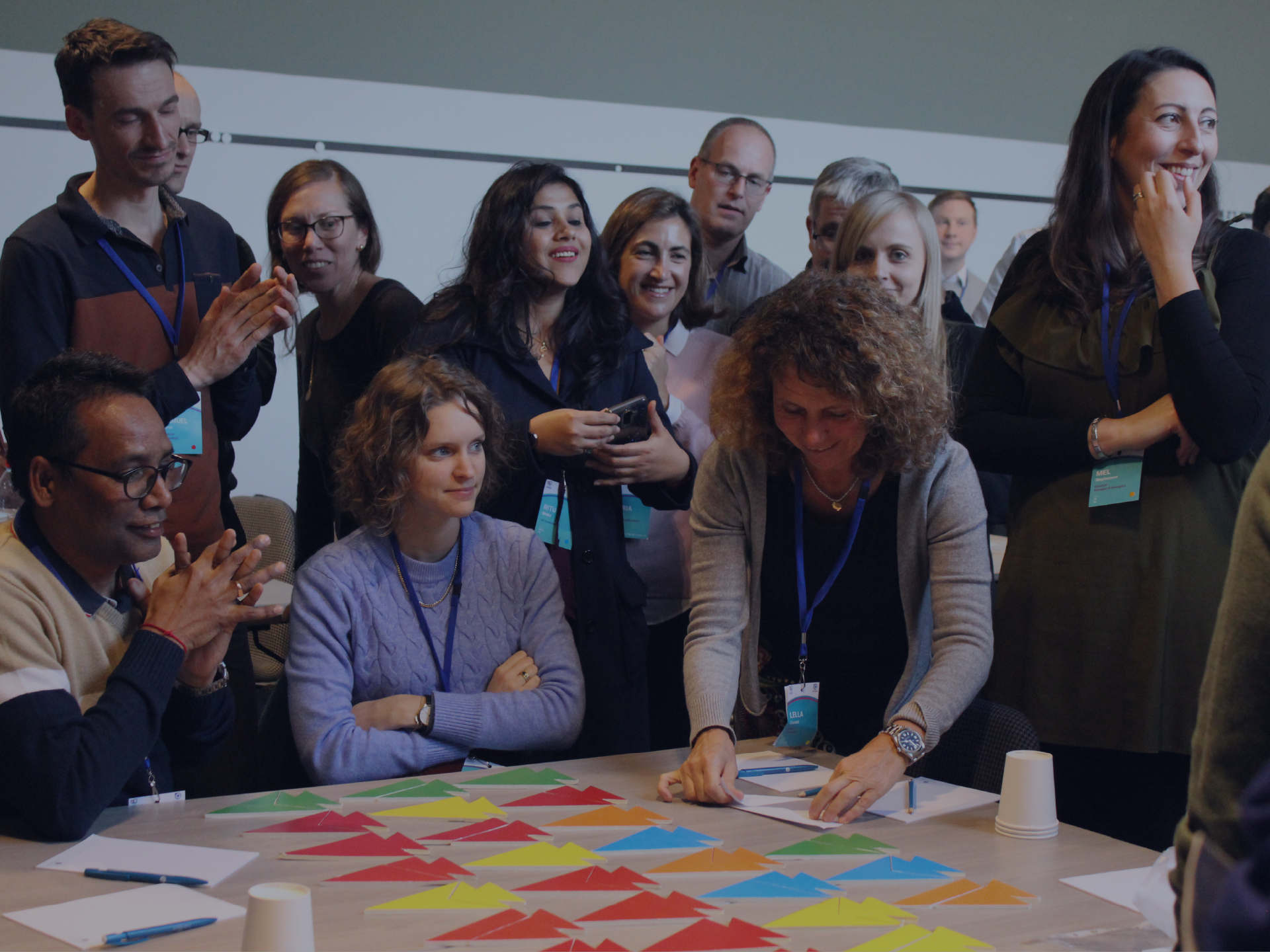

Pitching ‘Inclusion’ and ‘Mitigating Unconscious Bias’ as mindsets and tools
Background

In 2018, Air Liquide set 2025 diversity objectives for women and non-French nationals in leadership positions. The aim was twofold: boosting the share of women in management and professional roles to 35% by 2025, while having 25% women in senior executive positions worldwide by the same target year. Regions and entities formulated their own action plans, which included programmes offered by Air Liquide University (ALU).
What did you want to achieve?
We aimed to pitch ‘Inclusion’ and ‘Mitigating Unconscious Bias’ as mindsets and tools to help us achieve our long-term performance goals, make sounder decisions and better manage risk. These factors set Inclusion & Diversity (I&D) as a business issue rather than an HR policy point. Diversity is a proven vector of innovation, a crucial part of Air Liquide’s DNA, when leveraged through inclusive practices.
What did you do?
To shape an inclusive culture, and to further bolster diversity, we seeded ‘inclusion’ and ‘mitigating unconscious bias’ themes in multiple ALU programmes. We linked I&D to our recently updated leadership model, reinforcing I&D’s place in all existing leadership and management programmes, as well as in other topics such as safety, user experience and customer journey. Content was designed and delivered by internal and external subject matter experts, and crowdsourcing was used to localise good practices and fertile terrain.
- Adopting a variety of formats allowed us to reach different target segments around the world over a 2 year period:
- Half-day plenary sessions at five annual, regional learning events (900 participants)
- Workshops facilitated by local champions and operational team leaders
- (60 held and 70 rescheduled post COVID)
- Modules delivered in core management and leadership programmes (2,800 participants)
- Learning projects embedded into our international talent programme
- Dedicated digital magazines and playlists (1,800 connections in three months)
What are the results so far?
In the medium term, we expect improved employee engagement scores and progress towards Group 2025 diversity targets. Over time, Air Liquide expects I&D to make an even more significant contribution to our long-term performance.
What have you learned?

- We learned that stressing the business value of inclusion helps catch the attention of passive resistors and those facing ‘diversity fatigue’ while pitching unconscious bias as a point of vigilance for making sounder decisions appeals to those who consider themselves as perfectly rational.
- We also found expanding the I&D conversation beyond gender to less taboo-laden topics, such as cultural differences, widens the field for freer discussion. Enrolling business leaders and local non-HR champions is crucial for getting messages through to populations that may typically be harder to reach.
- We are in the process of leveraging neuroscientific work done in behavioural sciences to ‘nudge’ our HR talent processes. The traction gained by this approach for mitigating unconscious bias can be measured by its newfound place in executive vocabulary and its spread to other disciplines such as safety, which is at the heart of our operations.





